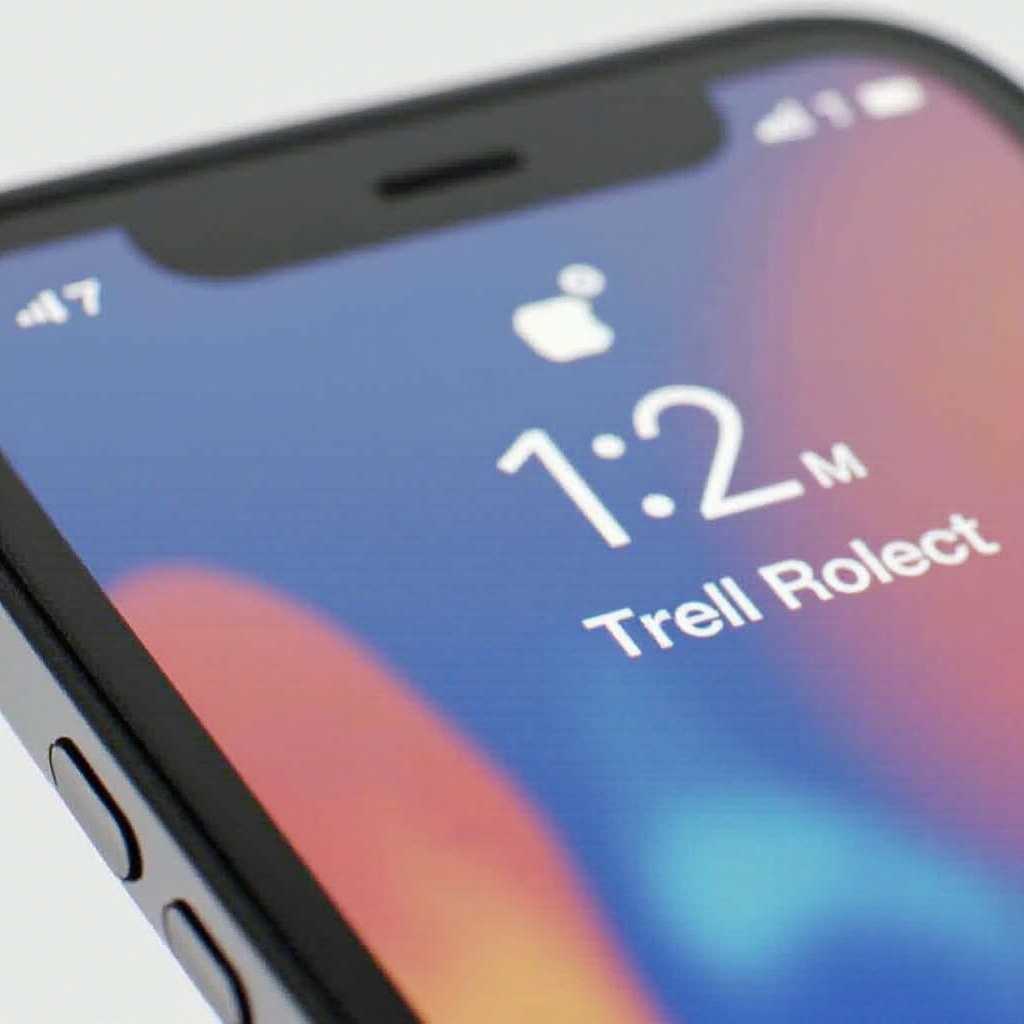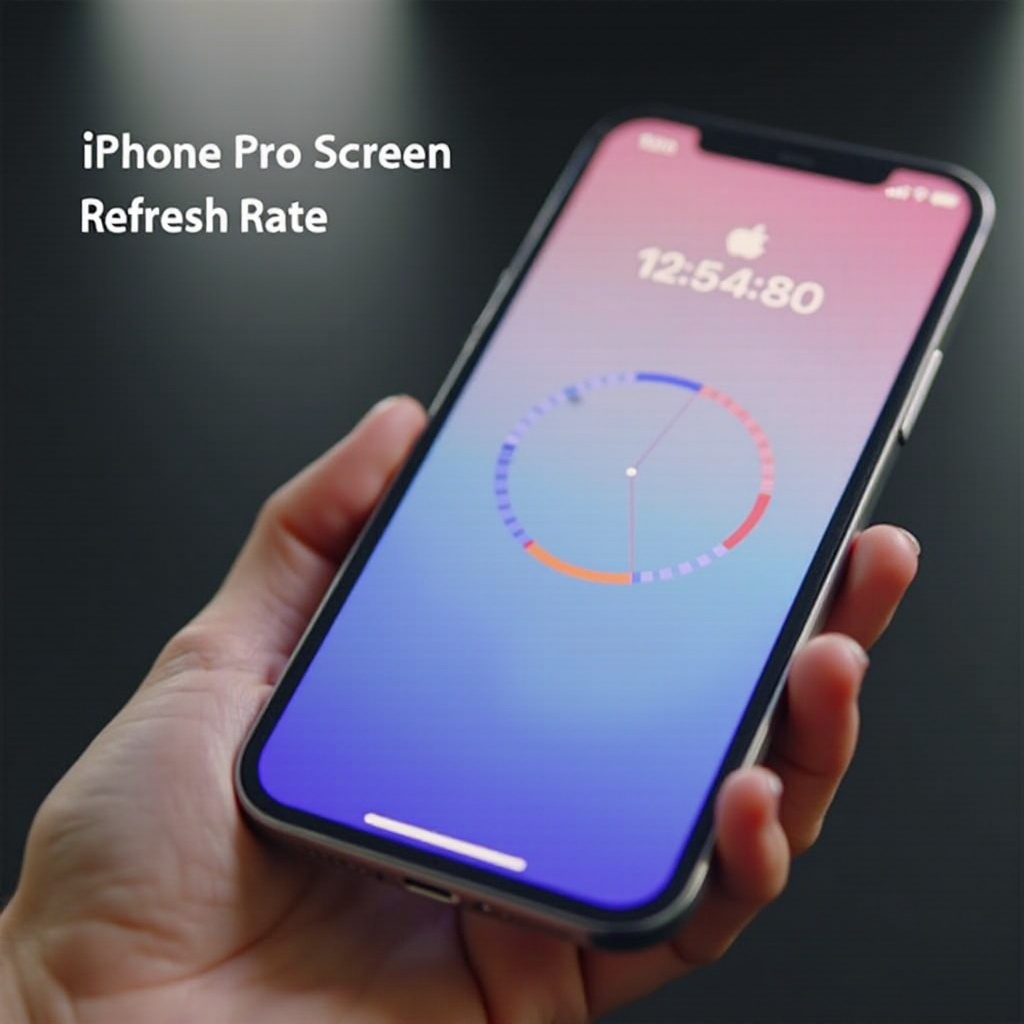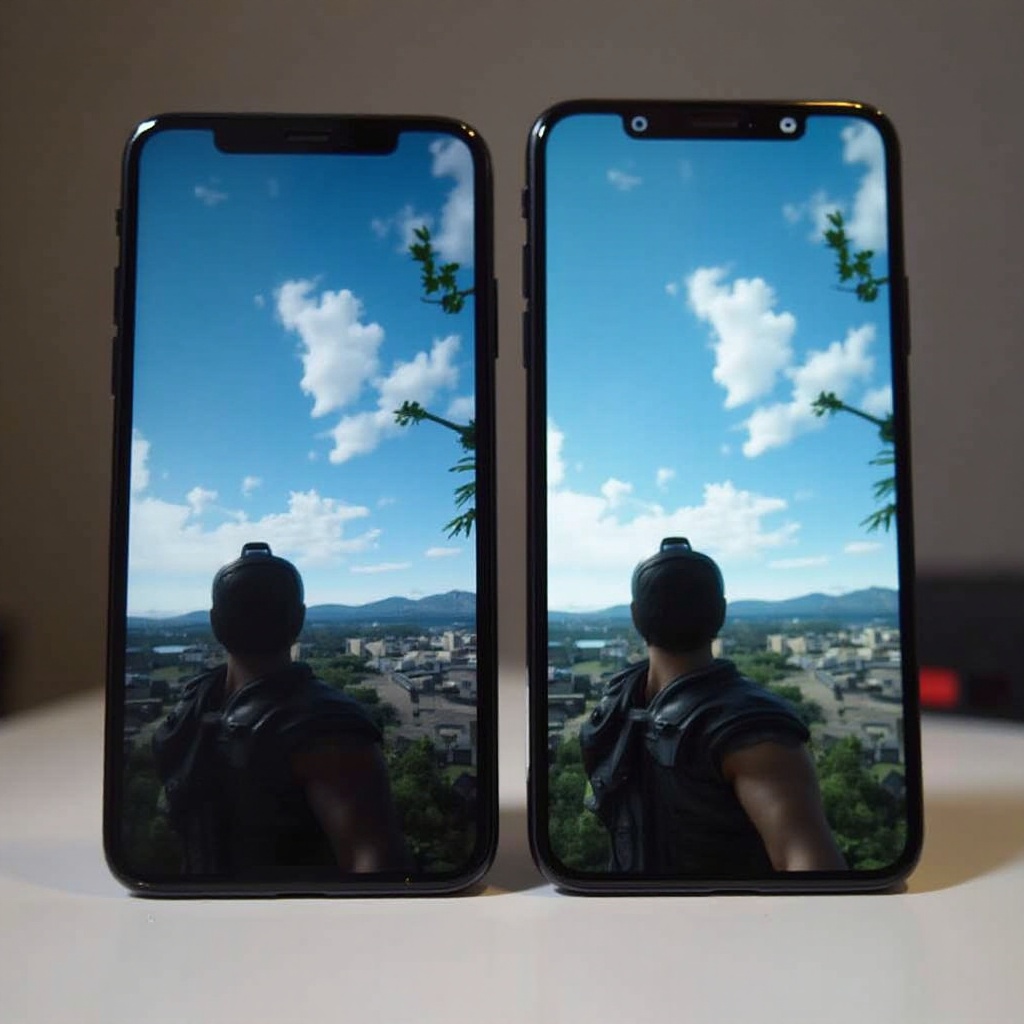Understanding the iPhone 16 Pro Screen Refresh Rate
Introduction
The iPhone 16 Pro introduces a new era in display technology with its advanced screen refresh rate. This feature enhances user experience, making interactions smoother and responses faster. But what exactly is the screen refresh rate, and why is it so essential in modern smartphones? This blog will help you understand the technical aspects, benefits, and comparisons with other competitors.
Screen refresh rate has become a critical factor for consumers, especially in premium devices like the iPhone 16 Pro. Whether you enjoy gaming, streaming videos, or just everyday scrolling, understanding how this feature impacts your usage can help you make an informed decision about your next smartphone.

What is Screen Refresh Rate?
Screen refresh rate refers to the number of times per second that a display updates its image. It is measured in hertz (Hz). For example, a 60Hz refresh rate means the screen refreshes 60 times per second, while a 120Hz refresh rate refreshes 120 times per second.
This constant updating process is essential for ensuring fluid motion on the screen. A higher refresh rate helps in providing a smoother viewing experience, reducing blur in fast-moving scenes, and enhancing overall responsiveness. When scrolling through web pages, switching between apps, or watching high-definition videos, the refresh rate can significantly impact the perceived quality.
In technical terms, screen refresh rate and frame rate (frames per second or fps) work hand in hand. While the frame rate is about how many frames the hardware and software can process, the refresh rate determines how many of those frames are displayed per second.

Technical Aspects of iPhone 16 Pro Screen Refresh Rate
The iPhone 16 Pro comes equipped with a state-of-the-art ProMotion display, featuring an adaptive refresh rate that can go as high as 120Hz. This intelligent system dynamically adjusts the refresh rate based on the content being viewed, striking a balance between performance and battery life.
Apple's proprietary technology leverages advanced algorithms to detect the type of content. For instance, during fast-paced gaming or video playback, the refresh rate ramps up to 120Hz to provide smooth and immersive visuals. For static content like reading emails or viewing photos, it can drop to as low as 10Hz, conserving battery power.
This adaptive strategy is different from a fixed high refresh rate, where the screen consistently operates at peak capacity regardless of content. Static or simple content benefits from lower refresh rates, preventing unnecessary battery drain while still delivering a visually pleasing experience.
Additionally, the iPhone 16 Pro incorporates OLED technology, known for its energy efficiency and superior color accuracy. This, combined with a variable refresh rate, offers not just a visually rich experience but also contributes to prolonged battery life and reduced eye strain during prolonged usage.
Benefits of High Refresh Rate in Daily Usage
A high refresh rate significantly enhances the user experience in several key areas:
- Smoothness: Navigating through interfaces, whether it's flipping through home screens or scrolling social media feeds, feels more responsive and fluid.
- Gaming: High refresh rates provide a competitive edge in gaming with reduced lag and smoother gameplay, contributing to a more immersive experience.
- Video Playback: Watching videos at 120Hz offers crisper visuals and motion clarity, particularly noticeable in fast-paced action scenes.
- Visuals: Overall, the enhanced refresh rate makes details appear sharper and transitions more seamless, improving the overall aesthetics of the device.
Real-world usage benefits from the iPhone 16 Pro's high refresh rate as it adapts to different scenarios efficiently, maintaining a consistent high-quality experience without unnecessary power consumption.
Battery Life Considerations with High Refresh Rates
While high refresh rates significantly improve user experience, they also come with battery life considerations. The more times the screen refreshes per second, the more power it consumes. However, the iPhone 16 Pro's adaptive refresh rate technology mitigates this issue.
By dynamically adjusting the refresh rate based on the context, the iPhone balances performance with power efficiency. Lowering the refresh rate during less demanding activities conserves battery power, while ramping up during high-demand scenarios ensures top-notch performance.
Users can potentially extend battery life further by manually reducing the screen refresh rate in settings, if preferred. Additionally, utilizing dark mode and reducing screen brightness can also contribute to better battery management.
iPhone 16 Pro vs Competitors in Screen Refresh Rate
When comparing the iPhone 16 Pro to its competitors, its adaptive refresh rate stands out. Many smartphones in the market boast high refresh rates (90Hz, 120Hz), but few offer the dynamic adjustment that the iPhone 16 Pro does.
For instance, the Samsung Galaxy S23 Ultra offers a 120Hz refresh rate, but it does not have the same level of dynamic adjustment as the iPhone 16 Pro, which can go as low as 10Hz for static content. The Google Pixel 7 Pro provides a 90Hz refresh rate, which still impacts battery life more than the adaptable refresh rate of the iPhone 16 Pro. Similarly, the OnePlus 11 Pro features a 120Hz refresh rate but lacks the sophisticated adaptive mechanism, meaning it might drain battery faster during less demanding tasks.
In comparison, the iPhone 16 Pro leads the way with its smart adaptive technology, ensuring the best of both worlds: top-tier performance and excellent battery life.

Conclusion
Understanding the iPhone 16 Pro's screen refresh rate is essential for those looking to make the most out of their device's display capabilities. This technology not only delivers superior visual quality and smoother interaction but also smartly manages battery consumption through adaptive refresh rates.
By exceeding the capabilities of its competitors and offering a balanced approach to performance and efficiency, the iPhone 16 Pro sets a new benchmark in smartphone technology. It's clear that Apple has tailored this feature to enhance everyday usability while addressing the usual power consumption concerns associated with high refresh rates.
Frequently Asked Questions
Does a higher refresh rate drain the battery faster on the iPhone 16 Pro?
Yes, but the iPhone 16 Pro's adaptive refresh rate intelligently conserves battery by lowering the rate during less demanding tasks.
Is the iPhone 16 Pro's refresh rate adjustable?
Yes, users can manually adjust the refresh rate in settings, offering control over performance and battery life.
Will all apps support the iPhone 16 Pro's high refresh rate?
Most modern apps will benefit from the high refresh rate, but the impact can vary depending on how they are optimized for such features.



